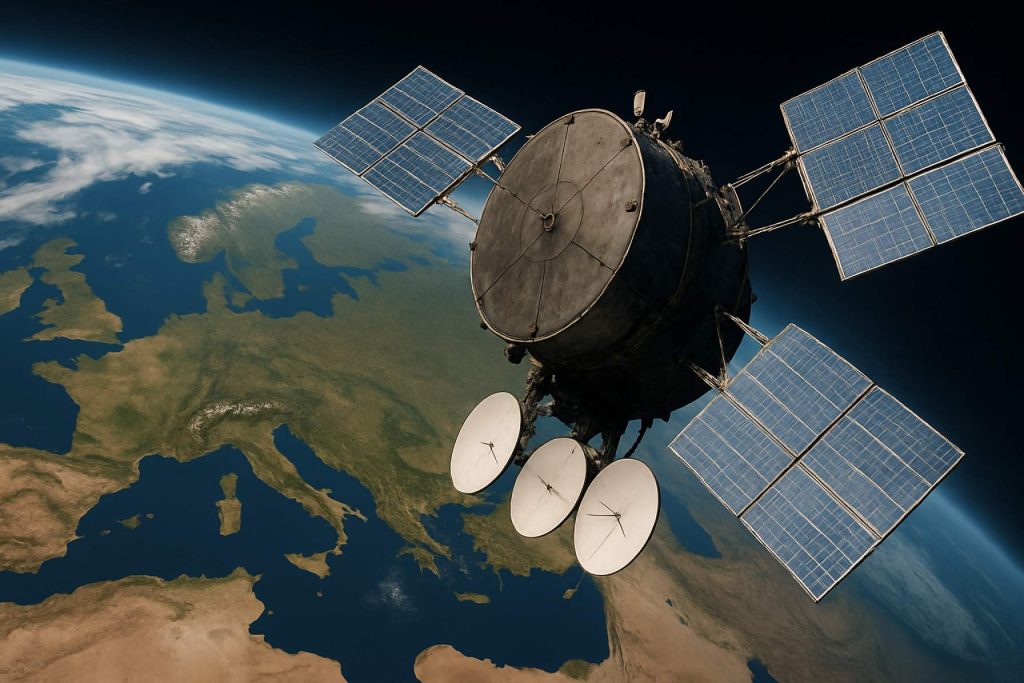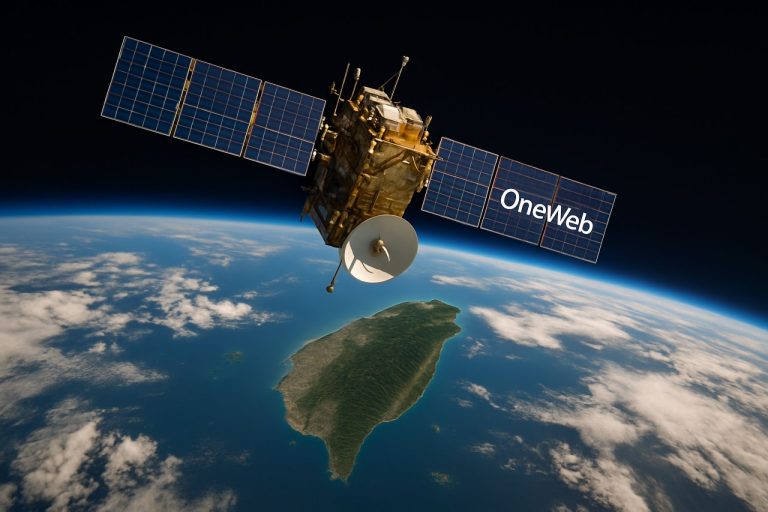
The $3.1 Billion Satellite Union That Could Rock Space Internet — But Can It Catch Up to Starlink?
SES and Intelsat’s blockbuster merger could reshape Europe’s satellite scene, but massive hurdles remain in the race against Starlink.
- $3.1 Billion: Value of SES’s planned takeover of Intelsat
- 120+ Satellites combined (100+ geostationary, 26 medium-Earth orbit)
- June 10: Expected final EU decision on the merger
- 7,000+: Starlink satellites already orbiting Earth
Europe is about to witness its most ambitious satellite internet play yet. SES, a Luxembourg-based space telecom titan, is on the verge of acquiring Intelsat for a staggering $3.1 billion. Together, these two powerhouses are aiming to forge a homegrown European alternative to Elon Musk’s Starlink. But can they really dent Starlink’s overwhelming advantage?
What’s Driving This European Super-Merger?
The global satellite internet race is heating up. As reliance on always-on connectivity explodes, Europe has grown anxious about ceding critical infrastructure to US-based tech giants.
SES’s takeover of Intelsat — first announced in April 2024 — is a response to these fears. By merging, the companies hope to assemble an unrivaled fleet of more than 120 satellites, covering everything from broadcasting to military-grade secure communications. This move signals Europe’s resolve to keep strategic assets closer to home and reduce dependency on American network providers.
SpaceNews has reported strong momentum for the deal, which is expected to be cleared by European regulators by June 10, 2025.
How Will the SES–Intelsat Merger Change the Satellite Internet Market?
Once finalized, the SES-Intelsat union will become Europe’s second-largest satellite internet provider — trailing only Franco-British heavyweight Eutelsat. The two companies plan to combine fleets and resources, placing particular emphasis on serving commercial clients, TV broadcasters, and European governments.
Intelsat brings 75 satellites to the table, including systems for secure communications vital to national defense and emergency services. The merged company’s newly expanded fleet promises improved speed, greater redundancy, and more robust coverage across the continent.
SES and Intelsat’s combined might will be critical at a time when tech sovereignty and cyber-resilience dominate headlines. Their tie-up also comes as European leaders seek reliable alternatives to combat growing security concerns linked to US platforms.
For more on the evolving satellite industry, visit European Space Agency and Boeing.
Why Are European Leaders Worried About Starlink’s Power?
Europe’s leadership doesn’t just want high-speed internet; it wants strategic independence. Recent controversies — including reports that the US considered cutting Starlink connectivity in Ukraine to pressure the government — have amplified calls for local backup solutions.
The reliance on single-provider networks controlled by foreign billionaires has raised eyebrows in Brussels and beyond. European satellite companies, including SES, Eutelsat, Inmarsat, and Hisdesat, began working with EU governments in 2025 to ensure Ukraine — and Europe — have resilient, homegrown alternatives.
Can SES-Intelsat Realistically Rival Starlink?
Despite the merger’s headline-grabbing numbers, Starlink’s lead remains colossal.
Elon Musk’s flagship boasts more than 7,000 satellites in low-Earth orbit (LEO). Starlink offers unmatched global coverage, thanks to its direct pipeline to SpaceX for frequent, efficient satellite launches and rapid hardware production.
In comparison, SES and Intelsat have 120 satellites — mostly in higher orbits, with slower connection speeds and greater latency than Starlink’s LEO network. They also depend on third-party rocket launches, which complicates scaling. Amazon’s Project Kuiper also looms, planning to deploy over 3,000 satellites by 2027.
Even so, Intelsat recently inked a $250 million deal to access Eutelsat’s low-Earth orbit constellation, signaling European efforts to pool resources and play catch-up.
How Can Europe Close the Satellite Internet Gap?
To effectively challenge Starlink, European players will need to:
– Invest heavily in LEO satellite technology and launches
– Streamline cross-company cooperation and spectrum management
– Build strong alliances with governments to guarantee funding and regulatory support
– Foster innovation in satellite manufacturing to boost reliability and speed
Government backing and pan-European coordination will be essential if the SES–Intelsat behemoth is to evolve into a true global competitor.
What Does This Mean for European Consumers?
More competition could mean better coverage, pricing, and data security for European consumers and businesses. However, unless Europe can accelerate innovation and investment, Starlink is likely to remain the go-to provider for easy, global, high-speed satellite internet in the near future.
Ready to Track the Race for the Next-Gen Internet?
Stay informed, stay connected, and watch this space as Europe steps up against Starlink with bold new moves!
Takeaway Checklist:
- Watch for the EU’s final call on the SES-Intelsat merger this June
- Keep an eye on Starlink’s rapid network expansion
- Monitor government plans for satellite sovereignty and cybersecurity
- Follow space innovators on NASA and major aerospace news sites
Don’t miss out: The future of Europe’s internet is being decided in orbit right now!



